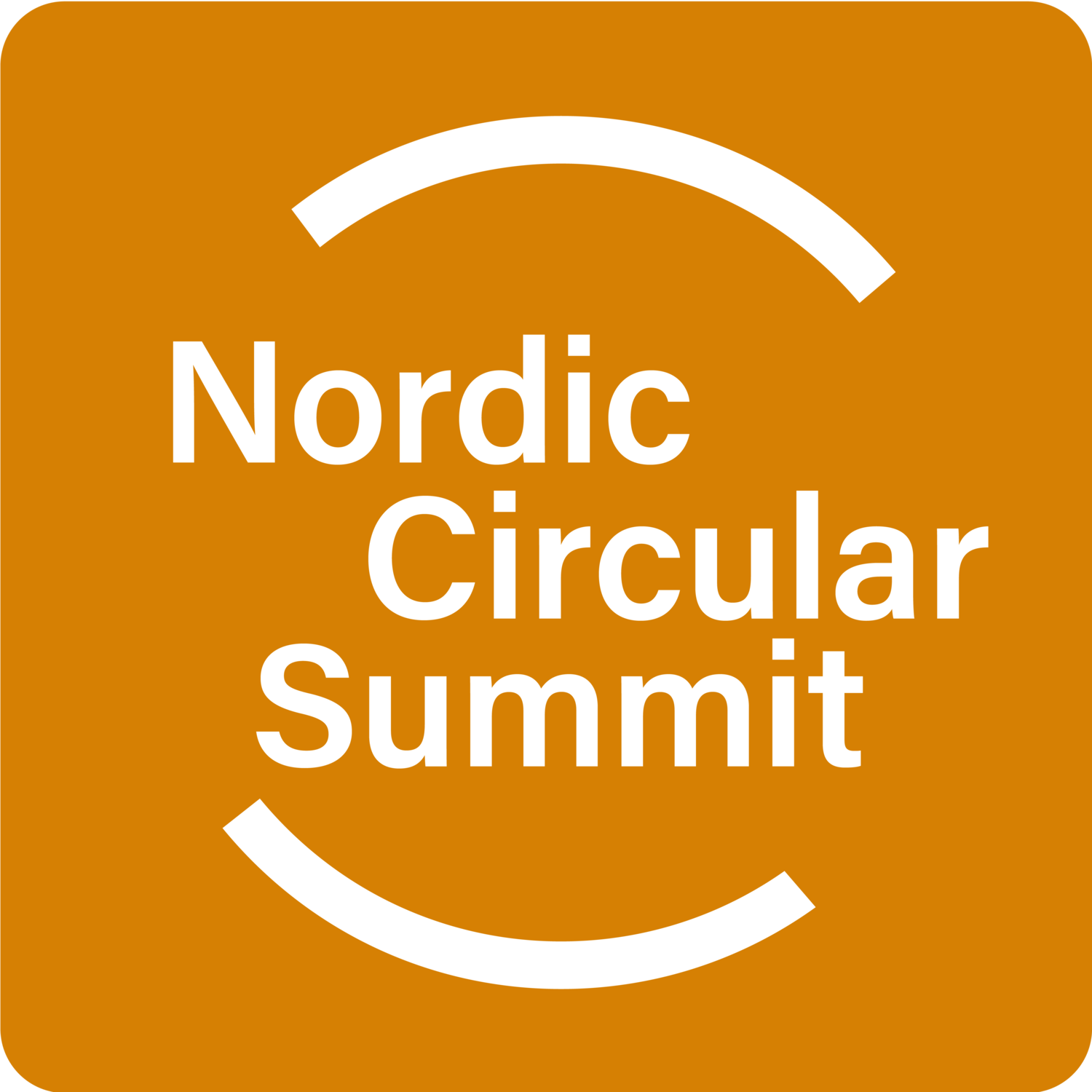Future of circular economy in construction: exploring the need for innovation
Please note, this workshop requires separate registration
How can we, stakeholders in the construction sector, facilitate the circularity of our work? What could the Nordic Council of Ministers do to push forward circular construction?
Join us for a dynamic session that delves deep into circular construction to foster a collaborative environment where participants can explore the thin consensus surrounding material reuse in construction and develop actionable experiments to drive positive change in this field.
Event Highlights:
1. Understanding the Thin Consensus: Dive into the evolving landscape of challenges and opportunities related to material reuse in construction — explore its current state and impact on the environment and economy.
2. Learning Hypotheses: Investigate emerging technologies and materials that can revolutionise construction practices. Analyse case studies of successful circular construction projects, considering economic, environmental, and social perspectives.
3. Ideating Experiments: Engage in interactive brainstorming sessions to generate innovative strategies for reusing construction materials in real-world projects. Receive feedback and guidance from experts in the field.
Your ideas will also be shared with the Nordic Council of Ministers and contribute to their future initiatives regarding sustainable construction.
Agenda
Welcome by the moderator
Otto-Wille Koste, Consultant, Demos Helsinki
Circular construction in the Nordics — is it possible now?
Katarzyna Jagodzinska, Project manager – Circular construction, Green Building Council Iceland
Hands-on experience from circular deconstruction and construction of Kromet and KAJ16 buildings
Stefan Eriksson, Project manager, Vasakronan
Introduction to the group discussion
Group discussions (workshops)
Summary and closing remarks by the moderator
Please note, this workshop requires separate registration

